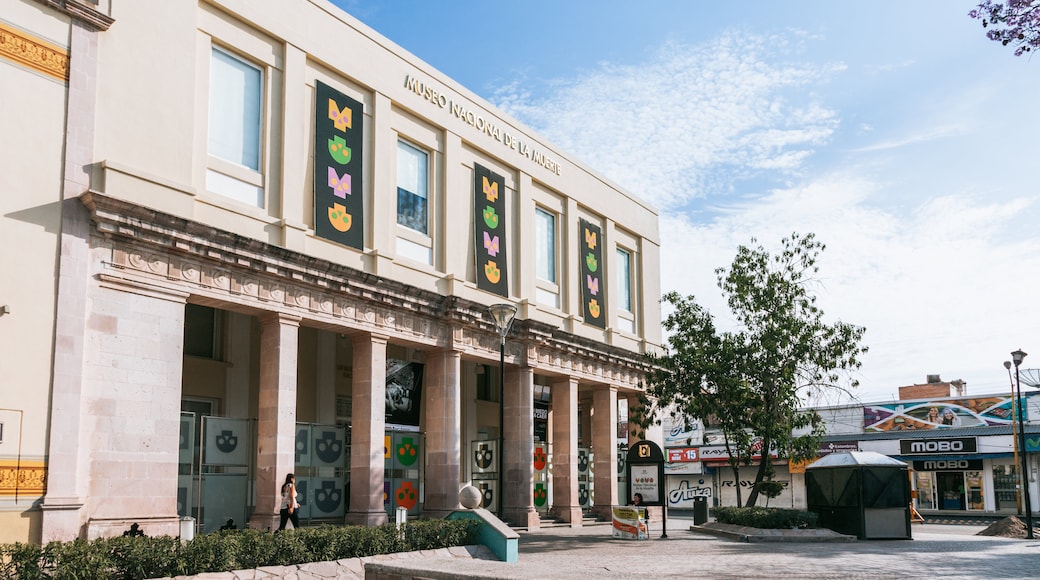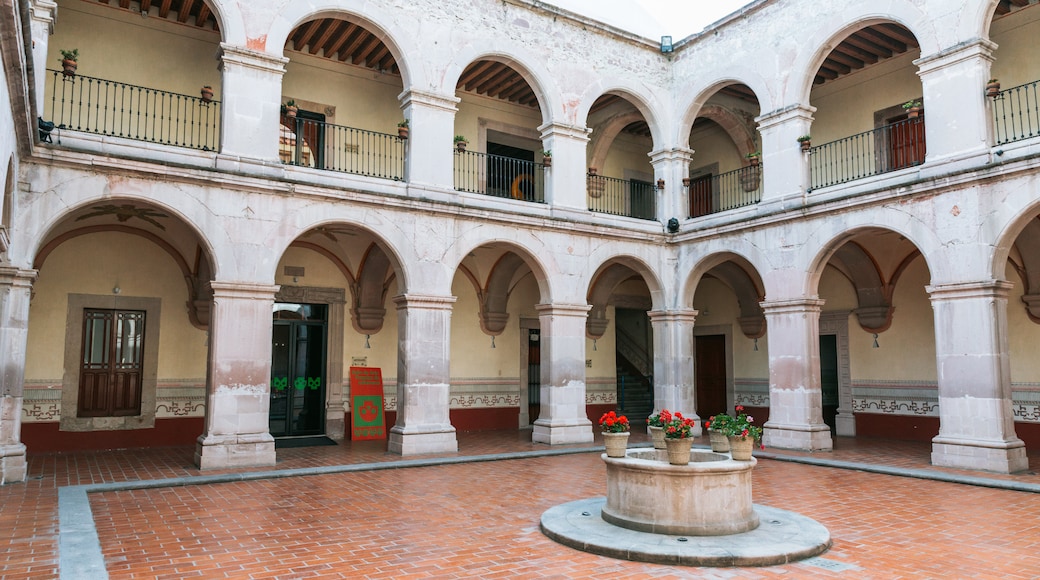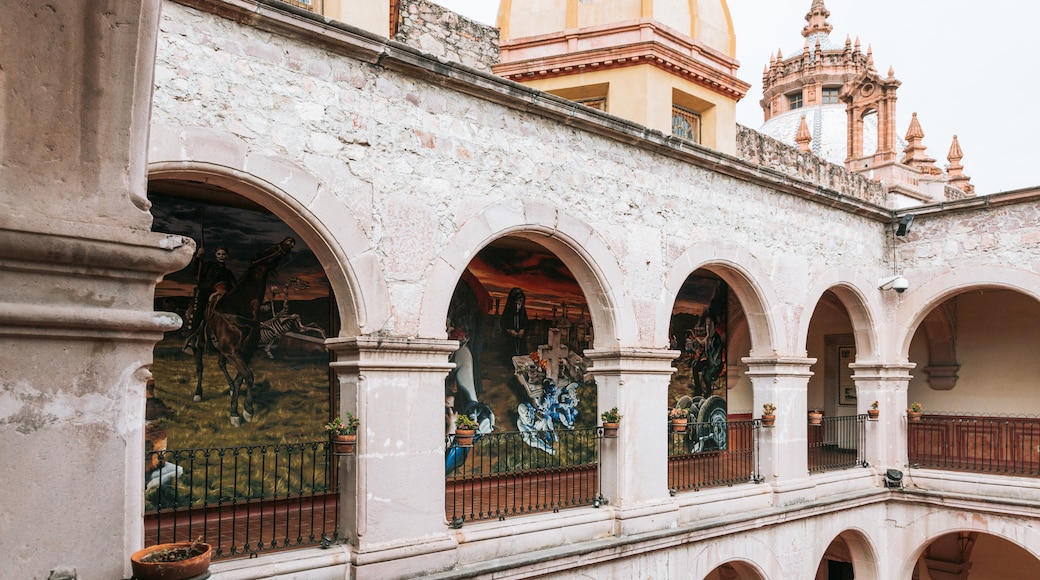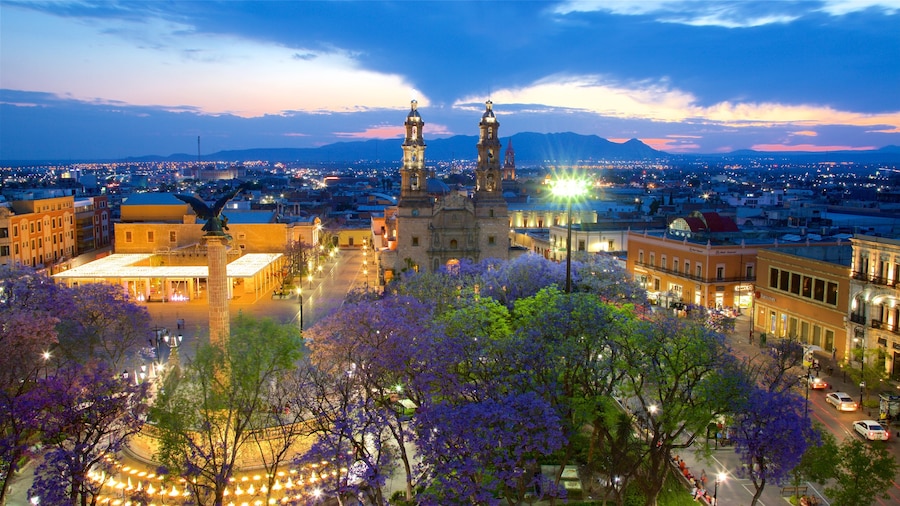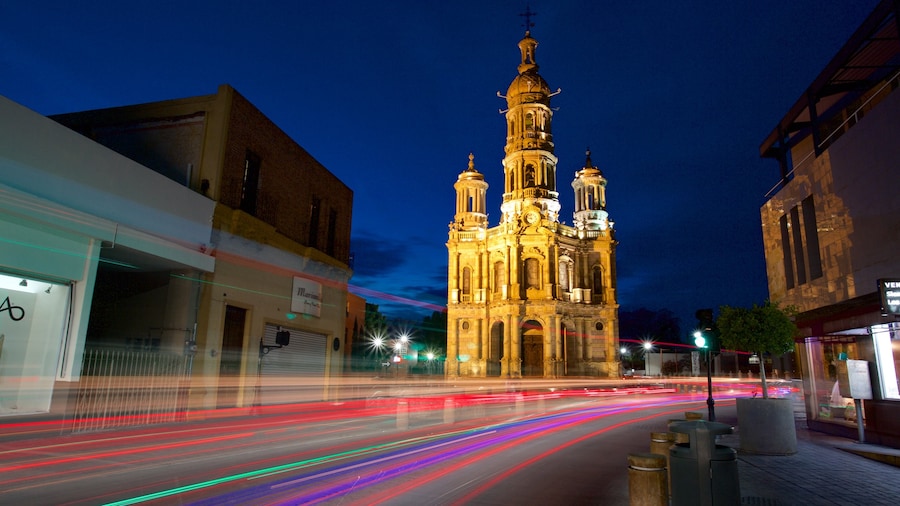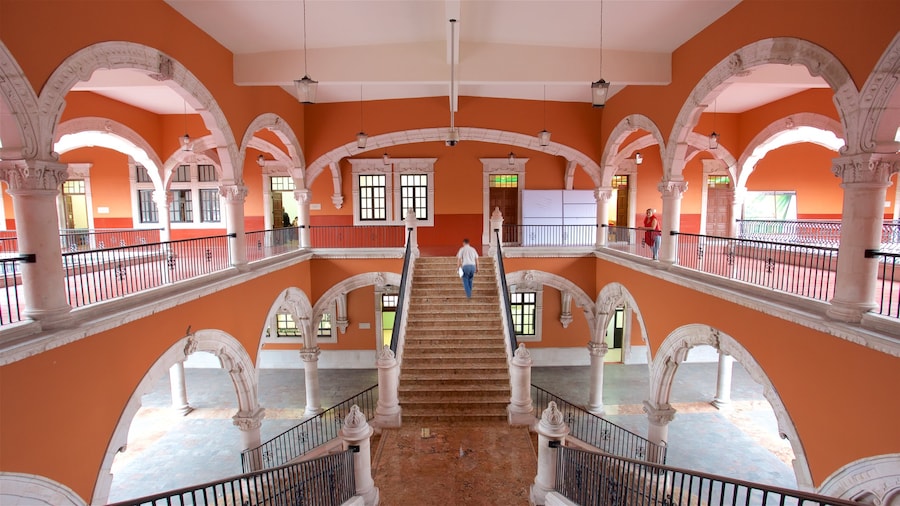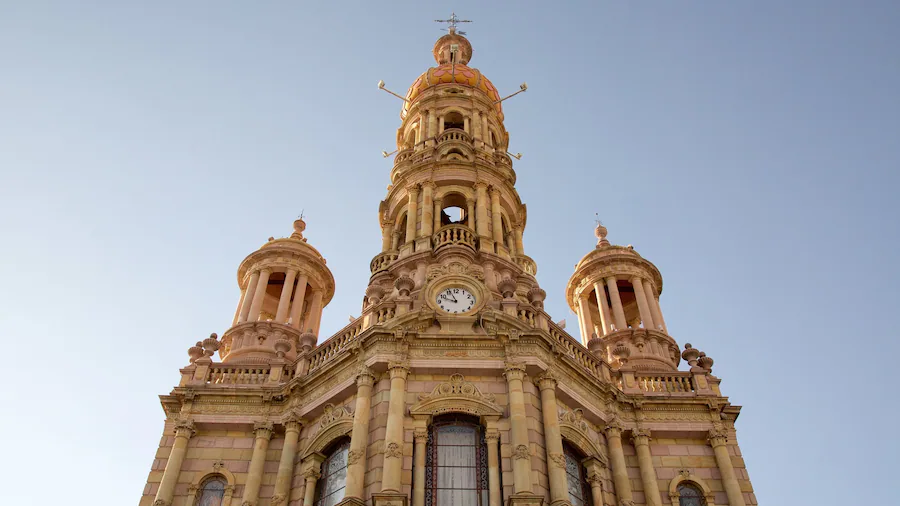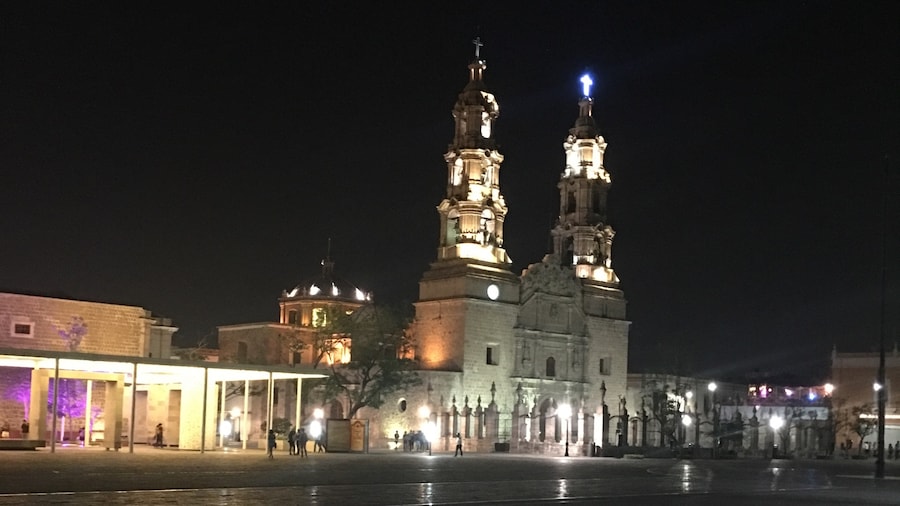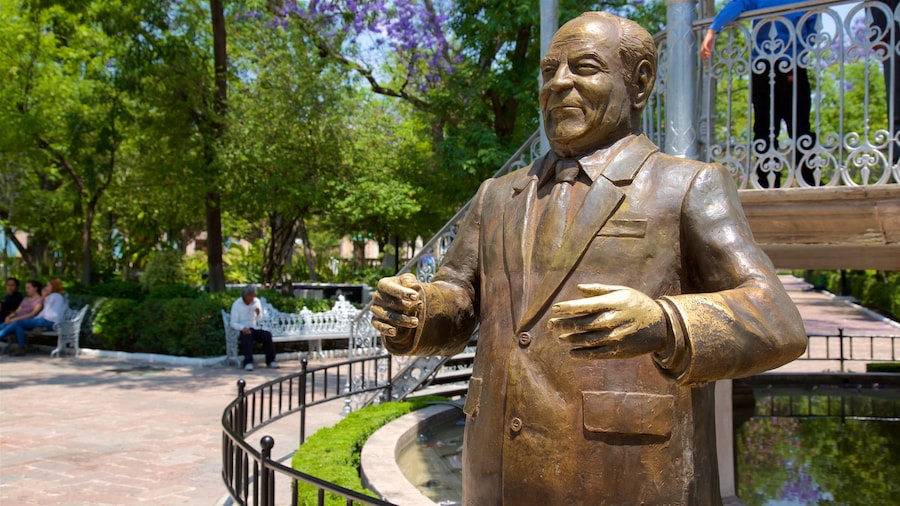Experience the macabre delights of a museum that explores and celebrates Mexican attitudes toward death through fascinating displays of cultural artifacts.
The National Museum of Death documents Mexico’s bold and uncompromising relationship with death. Through collectibles such as children’s toys and photographic records, the museum examines how popular images of death have inspired and affected the nation’s culture. Don’t let the dark name discourage you. This is a fun, informative and colorful attraction suitable for all visitors.
The University of Aguascalientes opened the museum in 2007, as it had inherited a vast collection of items related to death from the artist Octavio Bajonero Gil. Discover artwork by Gil, as well as an expanded collection donated by other artists and benefactors.
Trace the history of attitudes toward death and the afterlife in chronological exhibits that start in the pre-Hispanic era. The galleries show artworks from indigenous communities, before tracing the changing responses to death after the arrival of Europeans. Follow the journey to the present day in galleries that display modern interpretations of the sugar skull and explore the international fame of the Day of the Dead.
Inspect images that depict every aspect of Mexico’s relationship with death. Paintings by national artists range in tone from dark and unflinching to lighthearted and comic. Archaeological burial items, displays of colorful skulls and photographs of funeral rites create a multifaceted examination of the subject.
Encounter the figures known as calaveras, the famous skeletons that feature across Mexican arts. The museum’s models and drawings depict these calaveras in numerous guises and show some of the most famous iconography associated with death.
The museum hosts temporary exhibitions throughout the year on a variety of subjects. Browse galleries dedicated to different painters or learn about topics such as the “lotería,” the game that features unique images on each card.
The National Museum of Death is located north of the sightseeing hub of Plaza de la Patria. Walk for less than 10 minutes from the plaza and cathedral to reach the museum. Visit from Tuesday through Sunday, as the museum is closed on Mondays. Children, students, teachers and seniors pay a reduced entrance fee.
